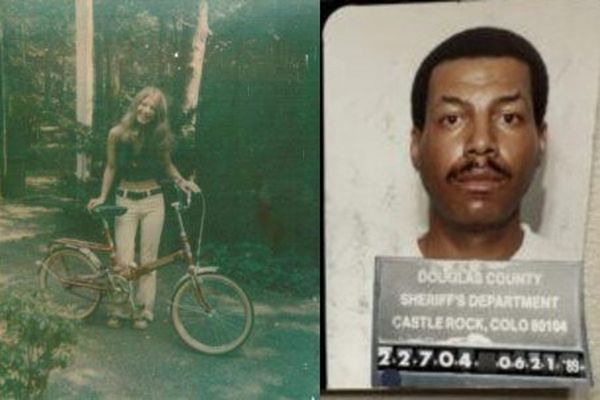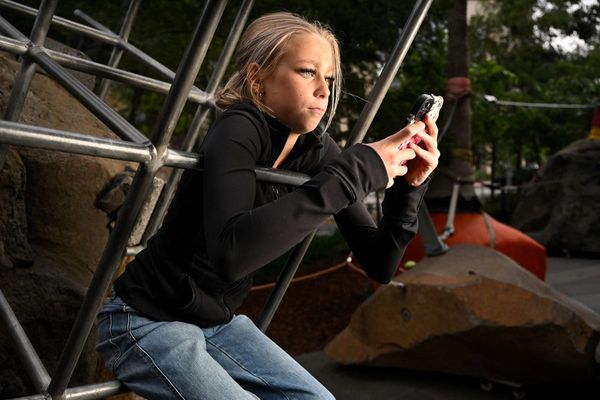We all know that the burger in the advertisement looks much better than the one in your bag. Food stylists use a variety of tricks to make the food look perfect for a photo shoot. However, the line between artful presentation and false advertising can be a thin one. In several high-profile cases, fast-food chains have been forced to admit, either in court or in their own marketing, that their ads are not an accurate representation of the real product. These admissions give us a rare glimpse behind the curtain of fast-food marketing.

1. Taco Bell’s “Taco Meat Filling” Lawsuit
Taco Bell was hit with a major lawsuit that alleged its “seasoned beef” was not actually beef. The plaintiffs claimed that the filling contained less than 35% beef, with the rest being binders and fillers. In its public response, Taco Bell had to admit that its product was technically a “taco meat filling,” not just “ground beef.” They ultimately won the lawsuit, but not before the admission had been made public.
2. McDonald’s “Behind the Scenes” Photoshoot
In a surprising move toward transparency, McDonald’s released a video that showed the entire process of a food photo shoot. In the video, a food stylist carefully constructs a perfect-looking Quarter Pounder, using tricks like melting the cheese with a heated palette knife and using a syringe to place the condiments perfectly. The company openly admitted that the ad burger looks different than the real one, which is made for speed.
3. The Subway “Footlong” Lawsuit
For years, Subway’s signature product was its “footlong” sub. However, a viral photo showed a customer measuring the sandwich and finding that it was only 11 inches long. This sparked a class-action lawsuit that accused the company of false advertising. In the settlement, Subway did not have to admit wrongdoing, but they did agree to implement quality control measures to ensure their sandwiches were, in fact, 12 inches long.
4. Burger King’s “Shrinking Whopper” Lawsuit
Burger King is currently facing a lawsuit that alleges that the Whopper shown in its ads is dramatically larger than the one sold in its restaurants. The plaintiffs claim that the ad burger is about 35% larger and contains more than double the meat. In its legal defense, Burger King has argued that it is not required to sell a burger that looks “exactly like the picture,” an implicit admission that the ad is not a true representation.
5. Arby’s and the “Pile of Meat”
Arby’s is famous for its commercials that show a huge, artfully arranged pile of roast beef. The company has playfully admitted in its marketing that it uses these “food styling” techniques. The real sandwiches, while still containing a good amount of meat, are not constructed in the same towering way as the ones you see in the ads.
6. The KFC “Overflowing Bucket”
In another famous lawsuit from the past, a customer sued KFC, claiming that the bucket of chicken she received was only half full. This was in contrast to the ads, which showed a bucket that was overflowing with chicken. The case brought national attention to the fact that the food shown in an ad is often a “hero” version that is not representative of what a customer will actually receive.
7. Any “Steam” You See in a Photo
Food stylists have admitted that the beautiful, billowing steam you see rising from a hot food item in a photo is almost always fake. Real steam is very difficult to photograph. To create the effect, stylists will use a variety of tricks. This can include hidden steamers, microwaved cotton balls soaked in water, or even chemical reactions.
8. The Under-cooked “Hero” Burger
A common trick that food stylists have admitted to is using a burger patty that is almost completely raw for a photo shoot. A fully cooked burger can look dry and shrunken on camera. A raw or barely seared patty retains its size and juices, making it look much more appealing. The stylist will then use shoe polish or other coloring to make the outside of the patty look perfectly grilled.
9. The Use of Glue Instead of Milk

Another famous food styling trick that has been widely admitted to is the use of white glue in a bowl of cereal. Real milk would make the cereal soggy very quickly under the hot lights of a photo shoot. The white glue looks exactly like milk, but it keeps the cereal floating perfectly on the surface for hours.
The Art of Illusion
Fast-food advertising is the art of selling an idea, not just a product. The ads make you feel a certain way about the food. They want to trigger your hunger and your cravings. While these food styling tricks can feel deceptive, the companies often argue that they are just trying to present their product in the best possible light. For the consumer, it is a clear sign that you should always take the ads with a grain of salt.
Have you ever been really disappointed by a fast-food item that looked nothing like its ad? Which chain do you think has the most deceptive advertising? Let us know!
What to Read Next
- How a Grocery Chain Used Fake Discounts to Inflate Profits
- 10 Everyday Products That Are “Misleading” by the FDA
- 6 Dirty Tricks Grocery Stores Use to Fake Freshness
- 6 Food Brands That Have Been Sued for Misleading Packaging
- 11 Grocery Store Ads That Were Banned for False Claims
The post 10 Times Fast-Food Chains Admitted the Ads Were Fake appeared first on Grocery Coupon Guide.







